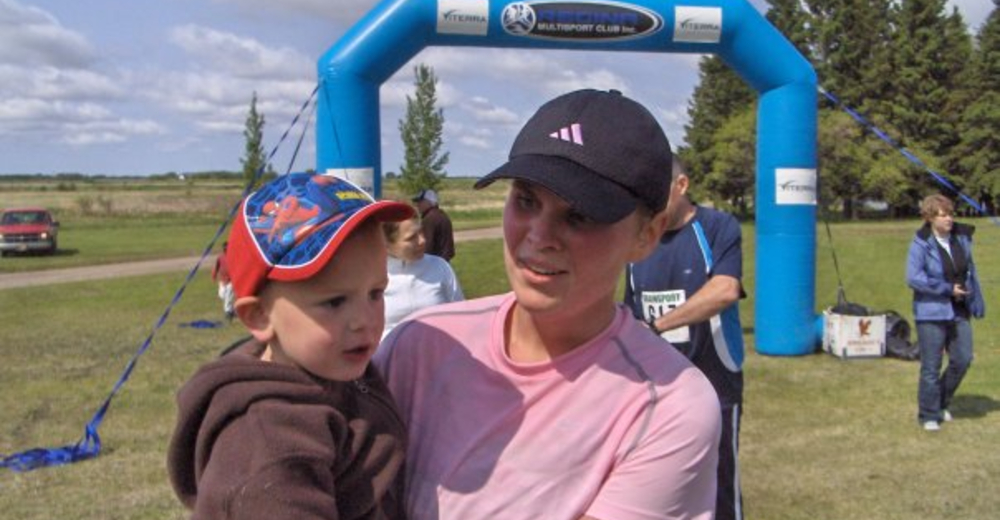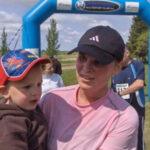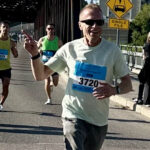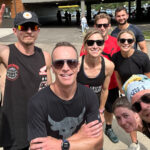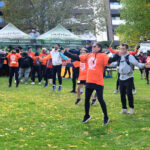By Michelle Smith
Author’s note: Every autistic is different and I do not speak on behalf of all autistic people. I will be using all forms of language in this article when speaking about autism spectrum disorder including, but not limited to, person-first language and identity-first language. I am an autistic female who has an autistic son. I prefer to use identity-first language when speaking about myself.
My journey to learn more about how to successfully promote and support lifelong physical activity for my autistic son began when I realized physical activity was not something he innately loved like I do. I have been a lifelong runner and engage in some form of physical activity daily. Human movement is one of my special interests and I pursued a kinesiology degree because of my love for science, human movement and physical activity.
My son is the opposite of me when it comes to having an innate drive to pursue physical activity — and I have come to learn that is completely fine. But neither my education nor career experience as a kinesiologist set me up to successfully support my autistic child with physical activity pursuits, so I became curious: As a mom, an autistic woman and kinesiologist, what do I need to know to give my son the best experience with physical activity so it becomes a lifelong component of his health and wellbeing?
My son is now 20 years old and his physical education experiences at school were not positive. After he graduated high school, I knew I had to re-introduce him to physical activity in a way that would resonate with him. When I searched for professionals in my own community who had experience with autism and exercise, my results were not exactly optimistic. There were professionals who had experience “coaching” or “training” people on the autism spectrum, but no one could tell me they were intimately familiar with autism or even how they would program exercise differently for autistics. This led me to reach out to the founders of the Autism Exercise Specialist (AES) course, which eventually led to my role as a consultant with the American College of Sports Medicine/Exercise Connection AES course.
For prospective coaches, pace bunnies, trainers, family members or allies of the autistic community, here are some evidenced-based ways you build an autism-friendly running or exercise experience:
- Build the relationship: Focus on the person with autism — or their caregivers — when you first meet with them. Provide a compliment like: “It’s great that you want to train for a run.” Talk about their interests (many autistics have special interests and love talking about them) and find a way to make a connection. You should also be prepared to meet a person on the autism spectrum who is non-verbal and may use alternative forms of communication.
- Use evidence-based practices: There are 28 evidence-based autism practices for autism intervention. One of these is exercise and movement. Others include visual supports, sensory integration, prompting and modeling. You can learn more about all of the practices online.
- Prepare to use your first training session to tour the area you will be working in: You may not even run on your first session. It is important to familiarize the autistic runner with the route or track they will be running before they run it. This helps them prepare for the route, create plans for where they can stop and take a sensory break if needed and provides positive exposure to unfamiliar areas. A walking tour of the area you will be training in is a good way to do this. Another good option is sharing a digital map so they can search the area online before training.
- Adapt your assessment of the runner: If you assess runners on their first day, make sure you make adaptations for the autistic runner. Going through a formal running assessment can cause a lot of anxiety and worry for a person on the autism spectrum. This can lead to abandonment of running so it is best to keep it casual, be transparent and inform your new running partner of any type of assessment you want to do prior to doing it.
- Adjust your programming: Be aware that there may be differences in motor skills, cognitive skills and processing delays. The running programming you choose to do with the autistic runner may have to be slightly different than what you would do with a neurotypical runner.
- Have fun and be flexible: When you meet one autistic person, you meet ONE autistic person. We are all different — but we all deserve the opportunity to be included in the running community.
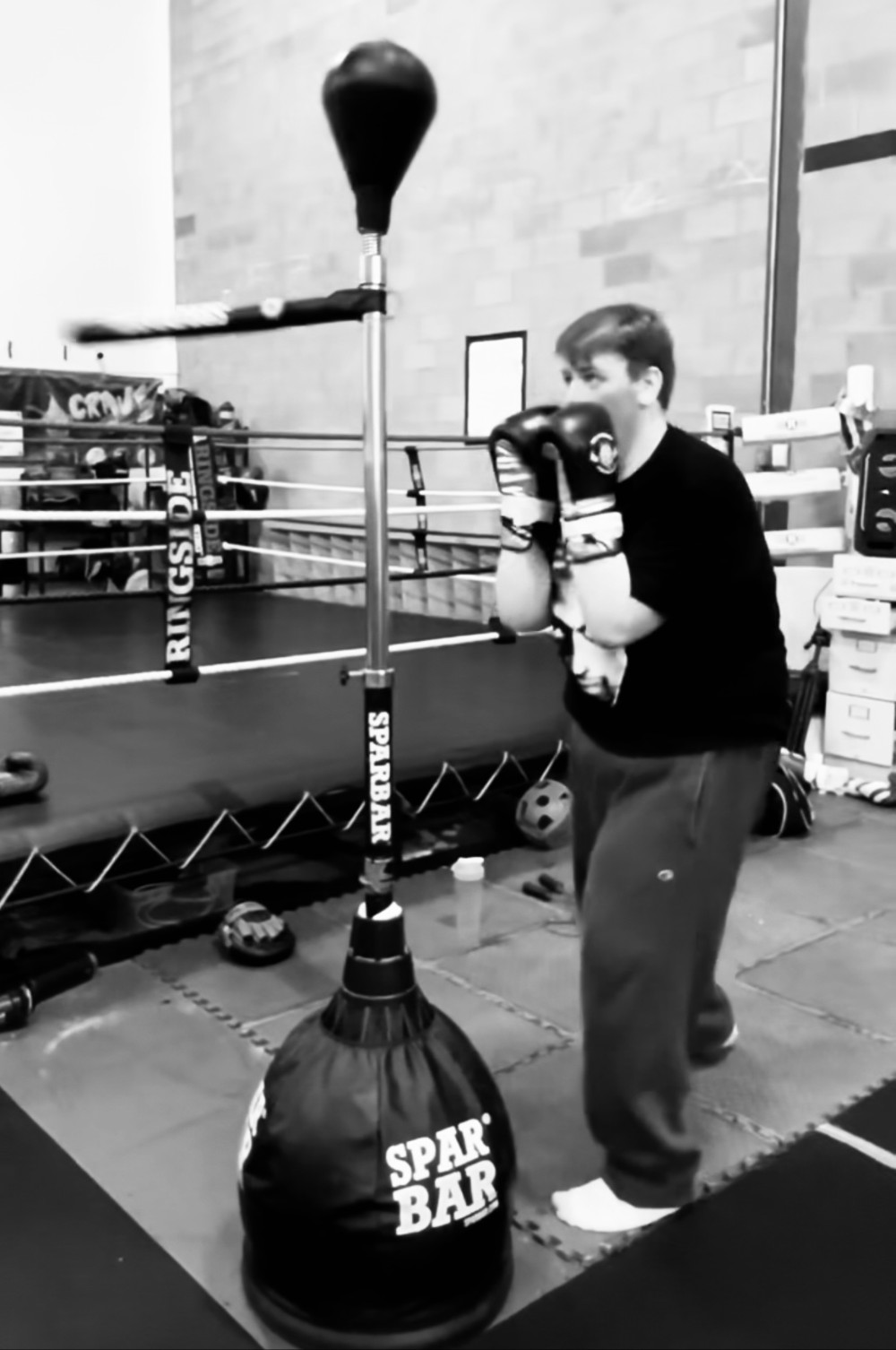
Since starting my journey to help my son, he has found his niche with physical activity. After trying various modes of activity since graduating from high school (including home workouts, gym memberships, personal training sessions, skateboarding and walking our dog), he has fallen in love with boxing at a local boxing gym. He feels more comfortable doing on-on-one weekly training sessions with his coach instead of joining a group class. The gym he attends also allows him to use the exercise equipment and he works out on his own about three times per week, usually at around 10 p.m. when the training facility is empty and he knows he can be on his own. Since starting his journey with boxing, his self confidence has improved and he has made many gains in his overall fitness level.
Many autistics and caregivers of those with autism are looking for opportunities that will enhance their or their child’s quality of life. Exercise and physical activity can do that and more.
If you want to further refine your skills in working with the autistic community and increase your education and confidence in supporting autistic runners, you can also reach out to me at any time with any questions. I am happy to be a mentor or provide more information and support. You can also consider the ACSM/Exercise Connection Autism Exercise Specialist course.
Michelle obtained her BSc Kinesiology at the University of Saskatchewan in 2002. She is a clinical exercise physiologist and registered massage therapist. She has run half marathons and 10km races throughout the province. She resides in Saskatoon and can be contacted via email at m_smith20@hotmail.com.

